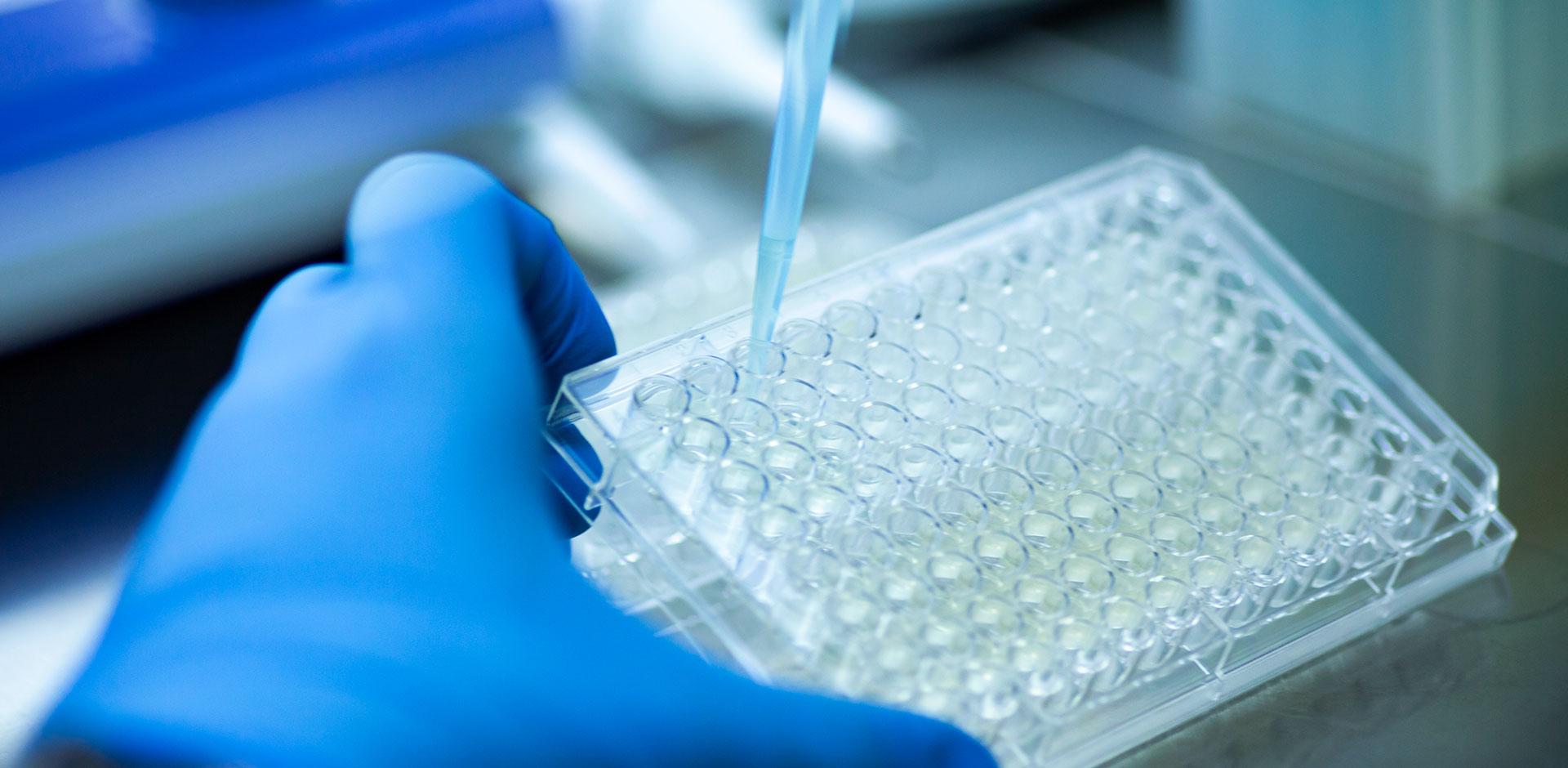Longer Precision Pump Co., Ltd. was established in 1997. It is a wholly owned subsidiary of Halma plc, headquartered in the United Kingdom. As a specialized and innovative enterprise, Longer Pump focuses on the development and production of safe, high-precision and high-quality fluid transfer equipment and solutions, and has repeatedly won the authoritative recognition of "High-tech Enterprises" for many years.










































 Halma
Halma